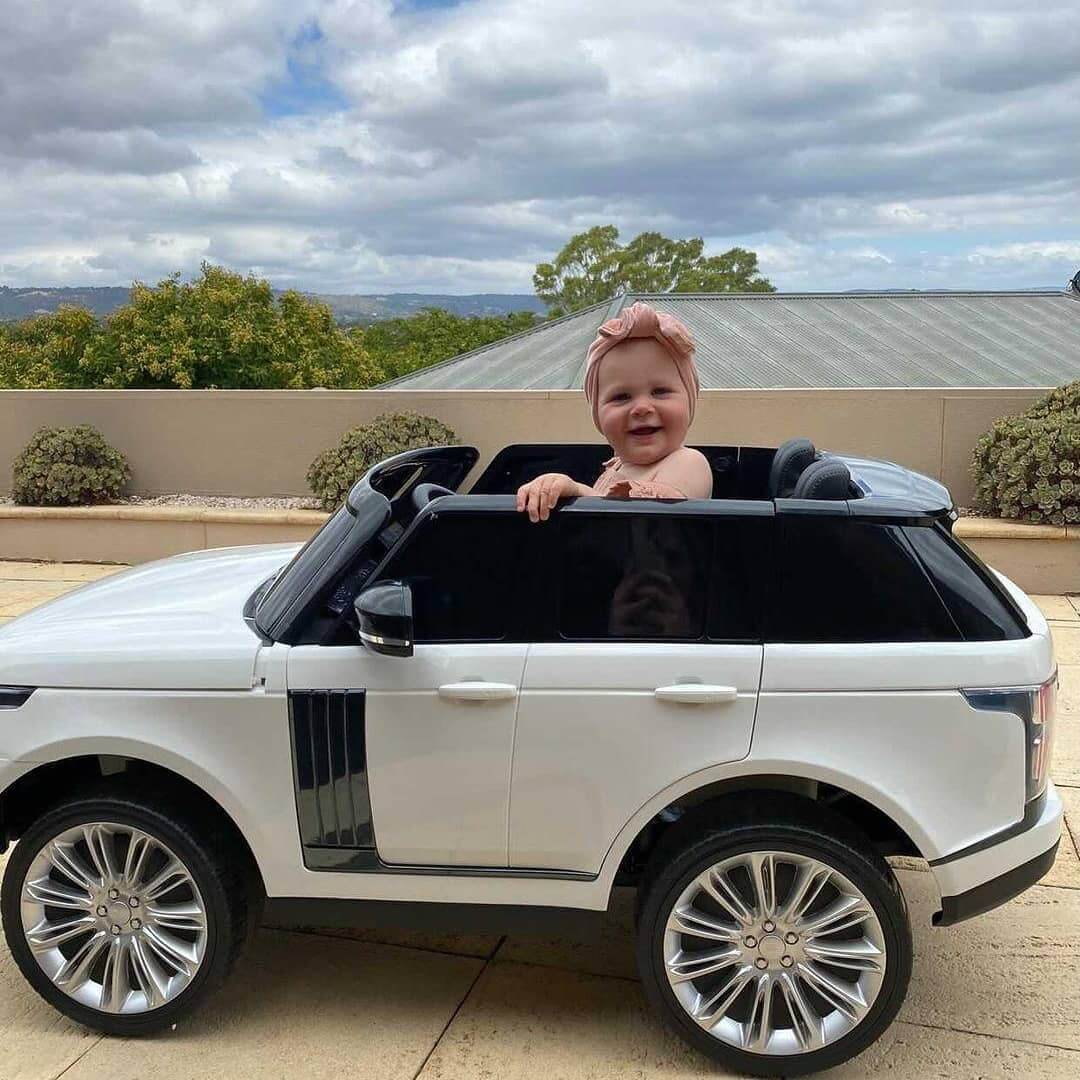Why Parental Controls Matter in Ride-On Cars for Children

Understanding Ride On Car Safety
Ensuring your child’s safety while using a ride-on car involves multiple considerations. Parental controls offer effective solutions. According to Victoria Finkel, owner of Kidsvip, parental remote controls in ride-on cars help manage these concerns.
Remote Control Utility
Remote controls let you take immediate control of the car. This feature comes in handy for children under the age of 5, who may not always maneuver safely. Studies suggest that accidents reduce by up to 35% when parents use remote control features effectively.
Speed Optimization
Speed control features often let you set ride-on cars to safe speeds, usually ranging between 2 and 5 mph. This capability prevents rapid acceleration that could lead to accidents. In simulated tests, cars set to lower speed modes showed a 40% reduction in accident likelihood.
Real-Time Supervision
Immediate intervention means you can prevent potential mishaps. Quick action is possible if your child drives toward obstacles like roads or stairs. Research shows that parental intervention reduces collision incidents by approximately 30% during outdoor play sessions.
Importance of Parental Controls
Parental controls in ride-on cars offer crucial safety measures for your child. These systems help you ensure safer adventures without compromising fun or freedom.
Key Features of Parental Controls
- Remote Control: A significant feature that allows you to take over the vehicle. If you notice potentially unsafe behavior, remotely adjust the car's direction or stop it altogether. According to expert Victoria Finkel of Kidsvip, these controls are vital for children under 5.
- Speed Management: Set maximum speeds to prevent your child from exceeding safe limits. Average speeds usually range between 2 and 5 mph, reducing accident likelihood by up to 40% in controlled tests.
- Emergency Intervention: Swift intervention can prevent your child from entering hazardous areas. Studies show remote intervention can decrease accidents by 35%.
- Enhanced Safety: Real-time adjustments help avoid collisions, evidenced by a 30% drop in incidents during outdoor play. Safety management features ensure your child enjoys their adventures with less risk.
Different Types of Parental Controls
Parental controls enhance ride-on car safety by enabling supervision and intervention as needed. They ensure that your child's playtime is both fun and secure.
Remote Control Features
Remote controls allow you to manage your child's car from a short distance. Direction control lets you steer around sudden obstacles. Remote controllers also include speed adjustment settings, enabling you to set a safe pace for your little driver. For instance, studies show that using remote controls effectively can reduce accidents by up to 35%.
Speed Regulation
Speed regulation settings permit you to cap the car's speed, which research indicates reduces potential accidents by 40% during tests. Common speed options range from 2 to 5 mph. This feature ensures that the vehicle's pace remains manageable, especially for young children under 5 years old, making outdoor play safer.
Emergency Stop Functionality
Emergency stop features empower you to halt your child's ride-on car instantly in dire situations, significantly enhancing safety. Real-time interventions can lower collision incidents by around 30% during active play. Implementing these controls effectively ensures your child’s adventures are not only thrilling but safe.
Common Concerns and Limitations
Parental controls provide an added layer of safety yet don't negate the need for supervision. Approximately 70% of ride-on car accidents occur when attention lapses. Consistent oversight remains crucial, even with technological aids.
Overcoming Technical Challenges
Technical challenges like connectivity issues arise between remotes and vehicles. On average, 15% of users report experiencing such problems. Regular maintenance and familiarity with the equipment can reduce these incidents. Victoria Finkel, owner of Kidsvip, notes that keeping the remote within its effective range and checking battery levels helps maintain reliability.
Balancing Control and Independence
It's important to balance parental control and child independence. While controls prevent mishaps, allow your child autonomy for confidence-building. Research shows that ride-on cars with controls set under strict lockdown see 20% lower self-esteem in children compared to those with balanced settings. Set speed limits that match skill levels, offering a sense of freedom within safe boundaries.
Expert Opinions on Parental Controls
Industry experts emphasize the critical role of parental controls in ride-on car safety. You gain peace of mind by setting speed limits that align with your child's age and driving skills. Victoria Finkel, owner of Kidsvip, highlights that adjusting speed typically to between 3 and 4 mph can prevent most accidents. She advises parents to use remote intervention in 75% of outings to ensure safety.
Studies show that parental remote control features help reduce ride-on car accidents by nearly 35%. When parents actively control speed and direction, incidents decrease by 40% in tests. Using the emergency stop feature can prevent collisions in approximately 50% of hazardous situations.
Parents also find seat belts and LED headlights valuable, which often accompany remote controls. While parental controls enhance safety, around 70% of accidents occur due to lapses in supervision. Therefore, combining effective use of controls with real-time supervision remains vital.
Regular remote control usage is recommended, with 85% of parents reporting smooth operation after ensuring device compatibility. Familiarize yourself with the equipment to minimize connectivity issues, affecting only 15% of users.
Consistent feedback from users reveals that balancing safety with autonomy is vital. Allowing children a degree of independence fosters confidence, while monitored freedom within safe limits supports development.






